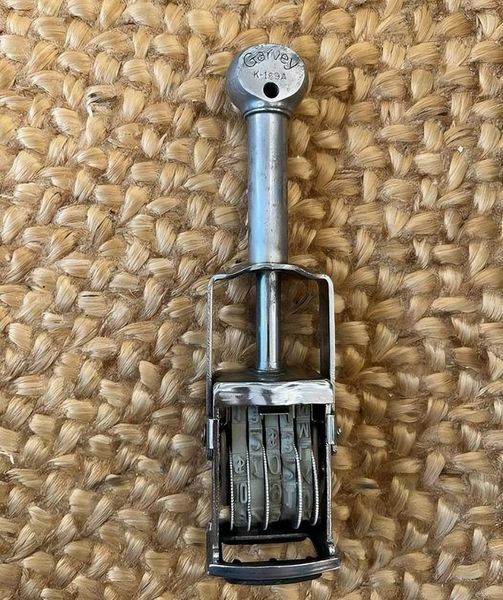
The story of the vintage price marker ink stamp traces back to the early 20th century, a time when businesses were looking for ways to streamline pricing. These early devices, operated manually, required ink pads and adjustments to change prices, reflecting the technological limitations of the era.

By the mid-20th century, the design and functionality of price marker stamps saw significant improvements. Advances in materials and engineering led to the creation of more durable and reliable models.
The introduction of metal components and intricate mechanical systems enabled quicker and more accurate price marking. The advent of self-inking models further simplified the process by eliminating the need for separate ink pads.
The main purpose of the price marker ink stamp was to mark prices efficiently on products. Retailers used these stamps to apply price tags uniformly across various items, improving inventory management and pricing accuracy while reducing the risk of errors common with manual pricing methods.
Vintage price marker ink stamps proved to be versatile tools, suitable for marking prices on a wide range of products and packaging. From price labels to inventory tags and promotional materials, these stamps offered a dependable and consistent method for applying prices, making them valuable assets in diverse retail and business settings.
Maintaining these stamps was essential for their optimal performance. Regular cleaning of the ink pads and mechanisms, replenishing ink, and checking for wear and tear were key practices that contributed to the longevity of the stamp.


No comments
Post a Comment